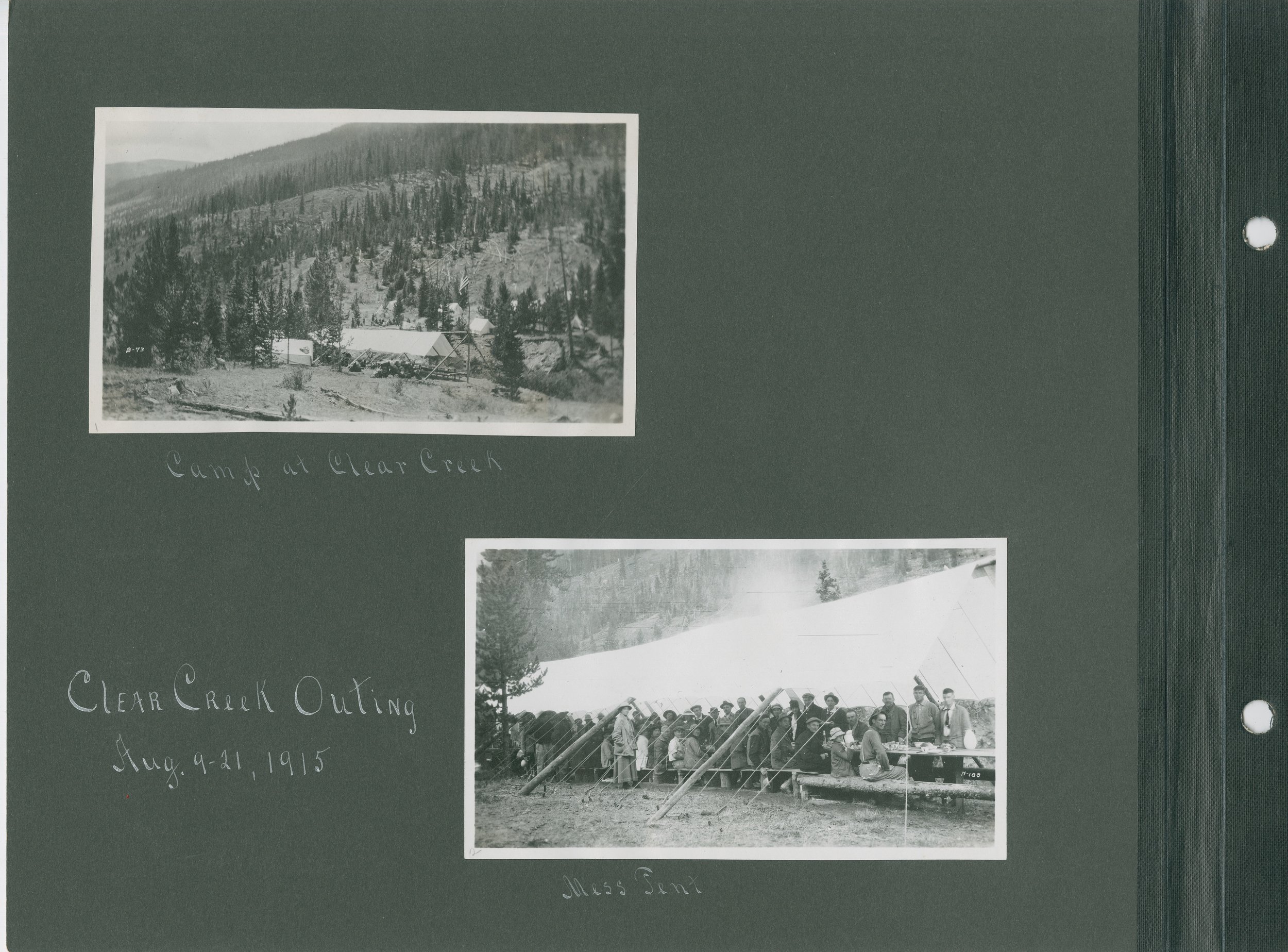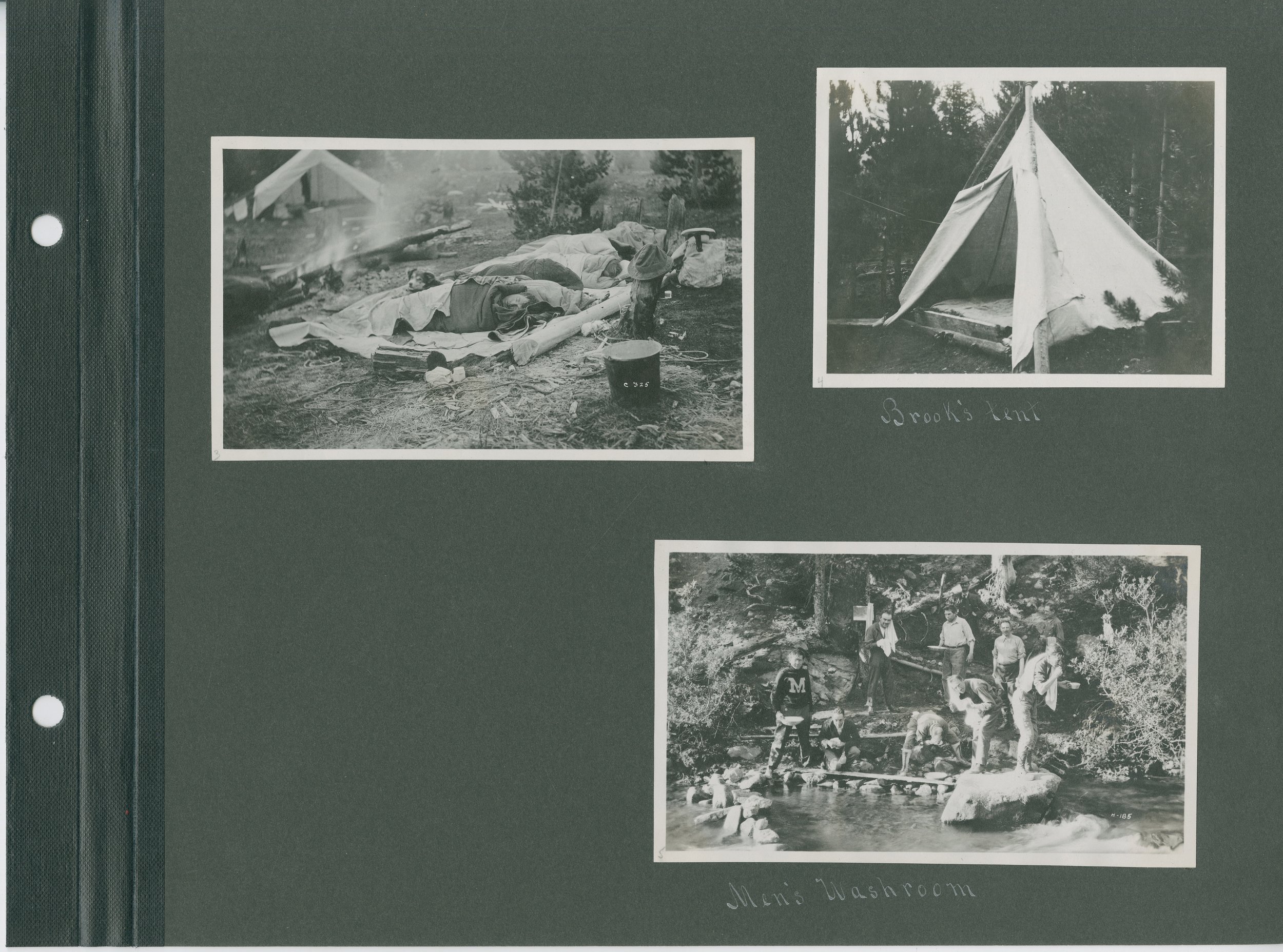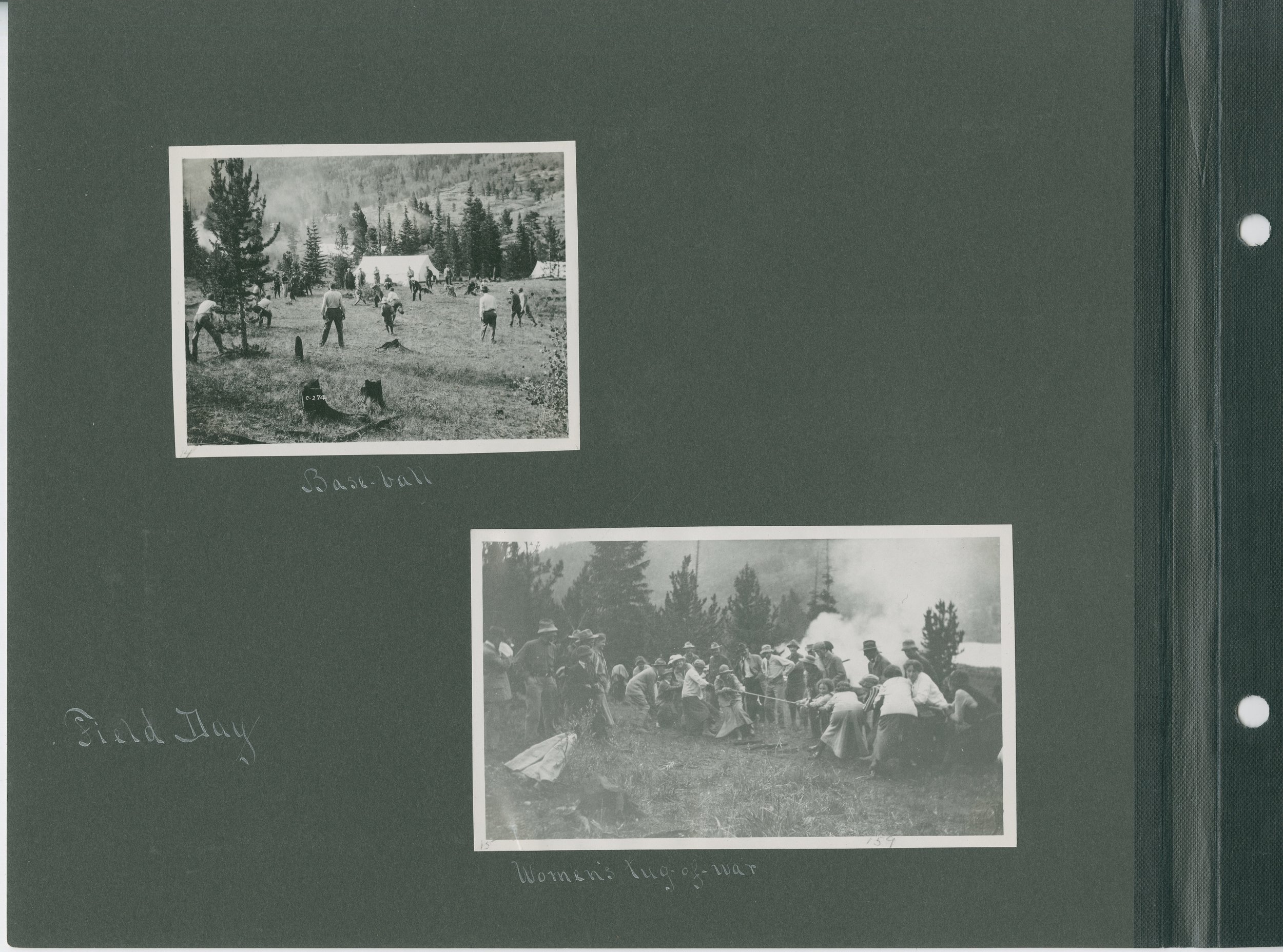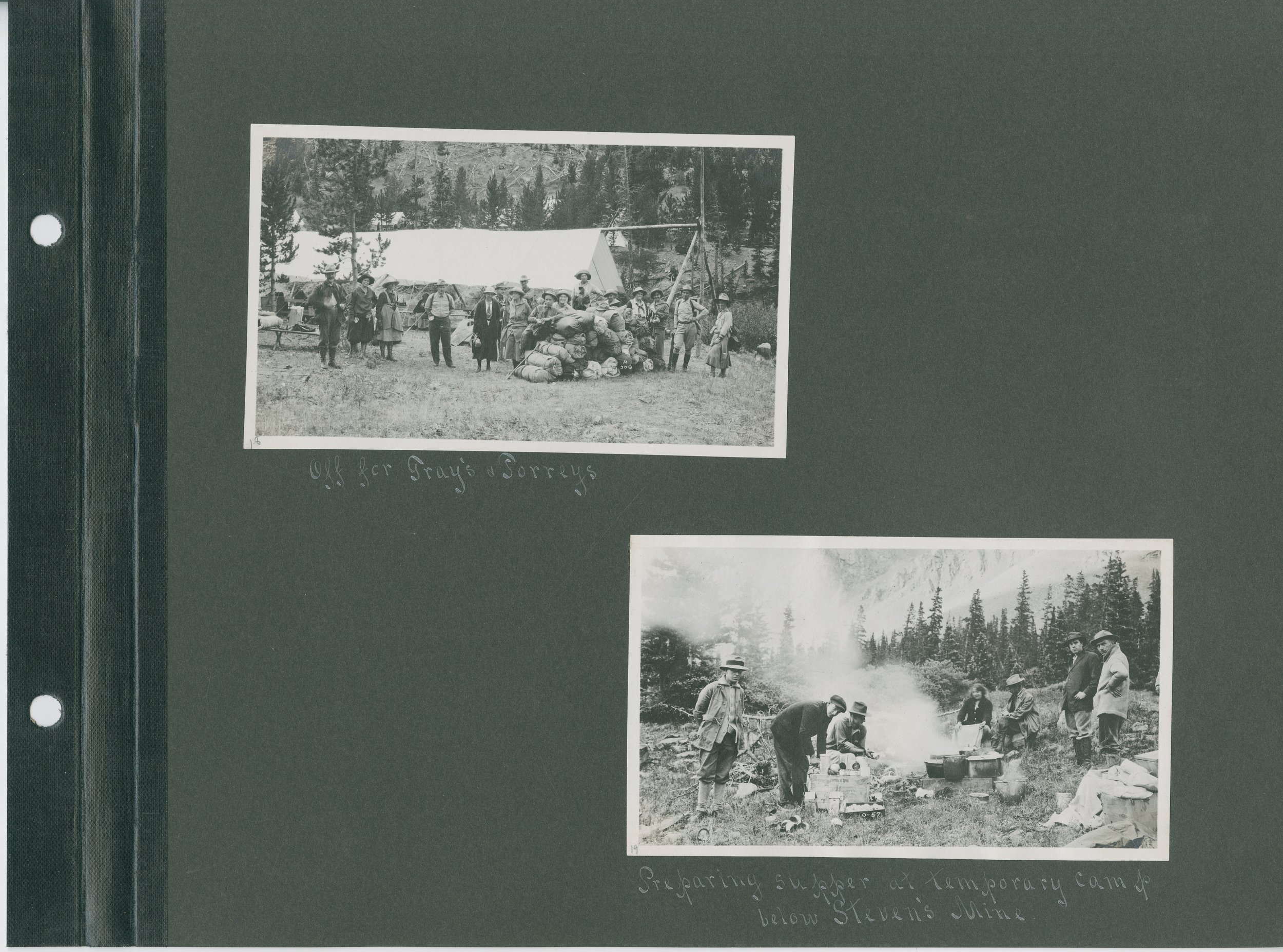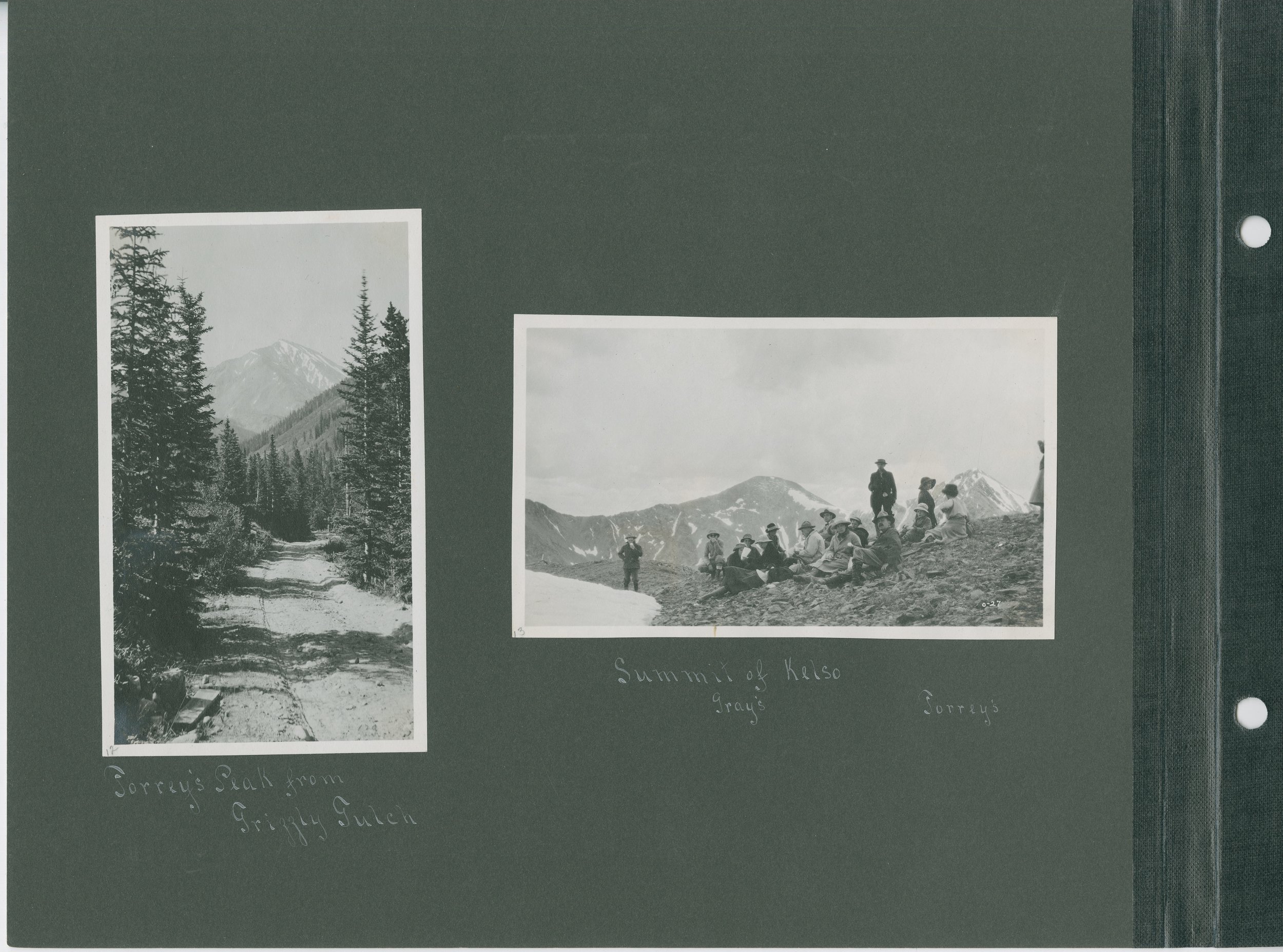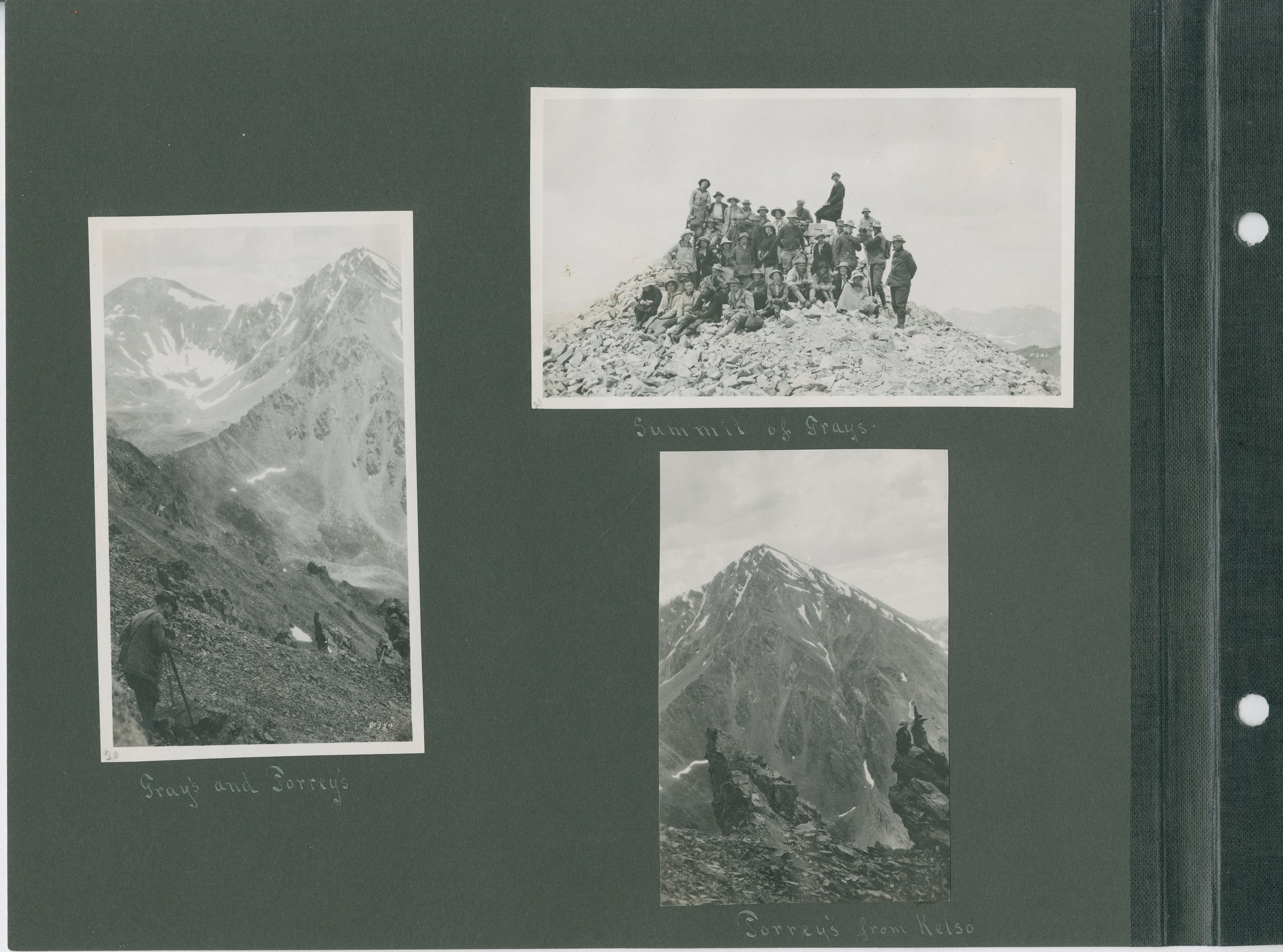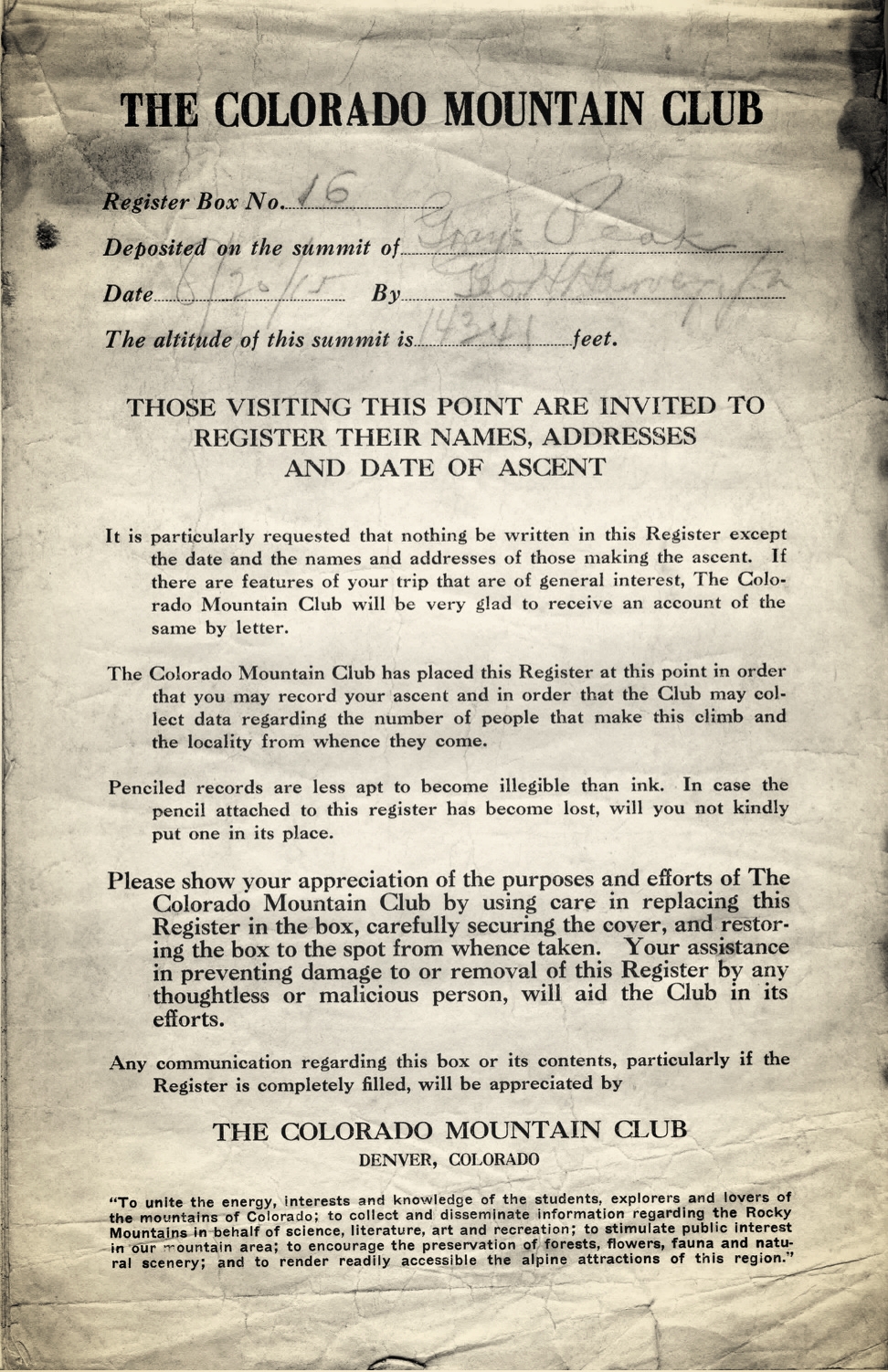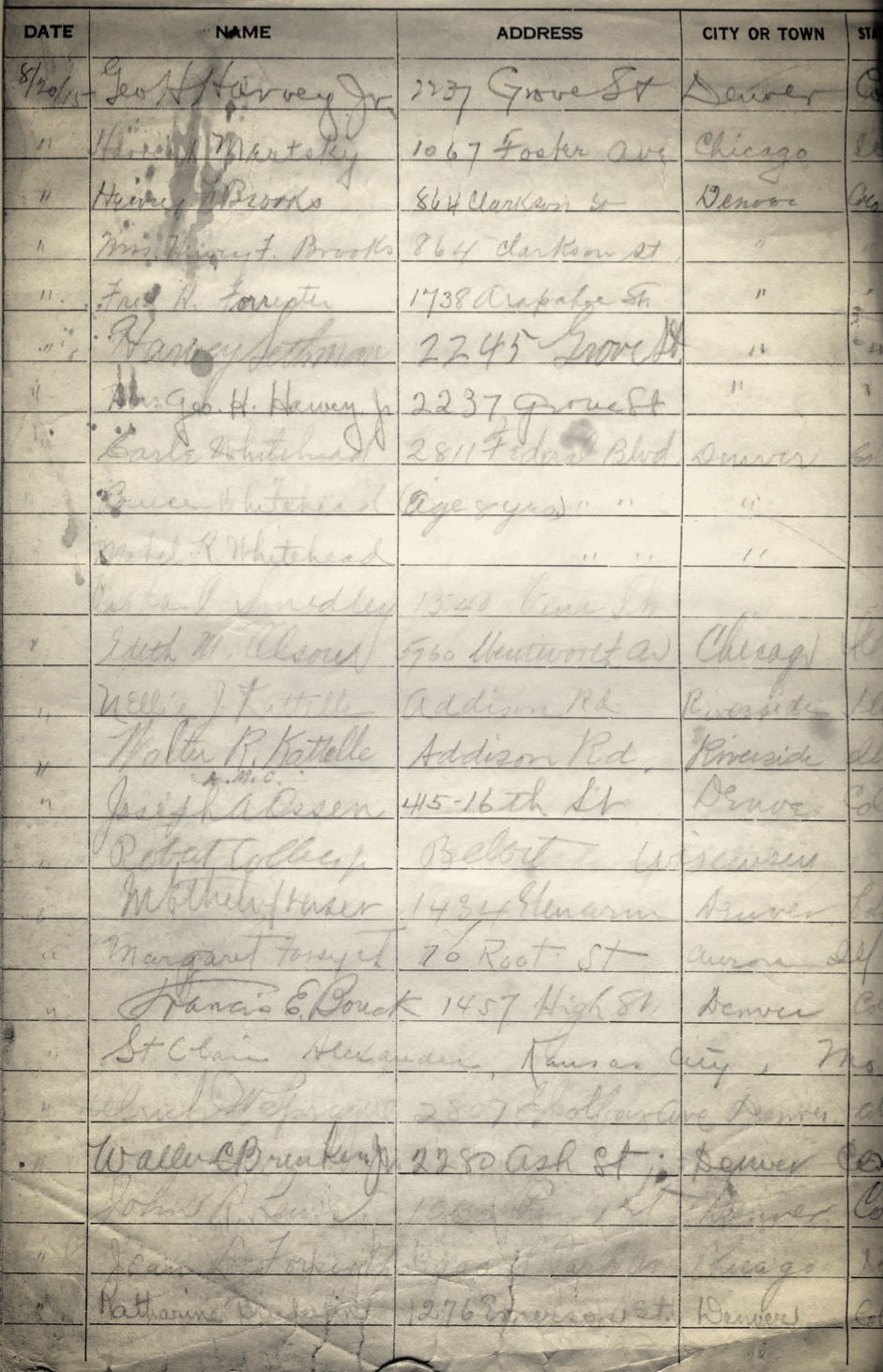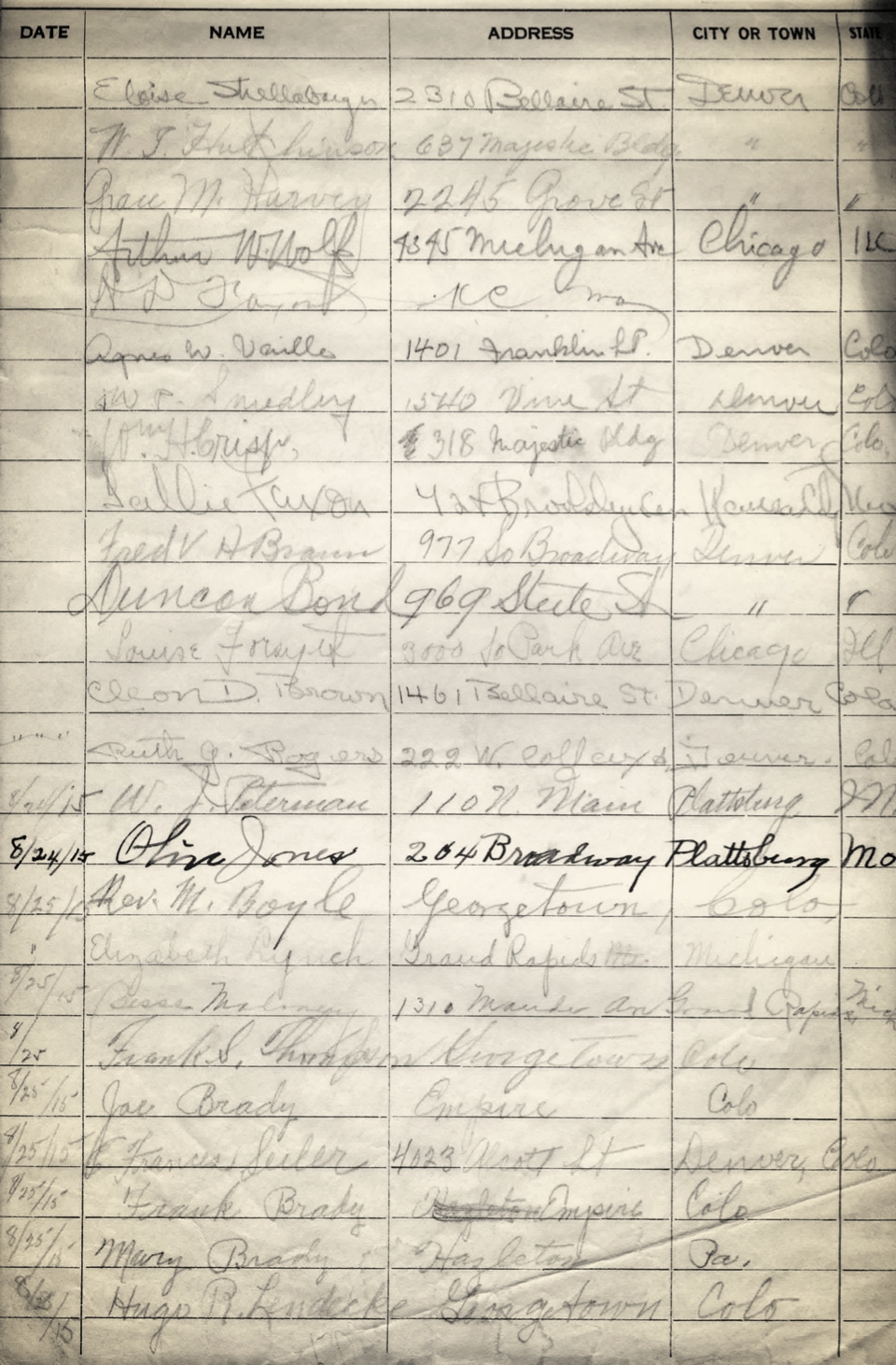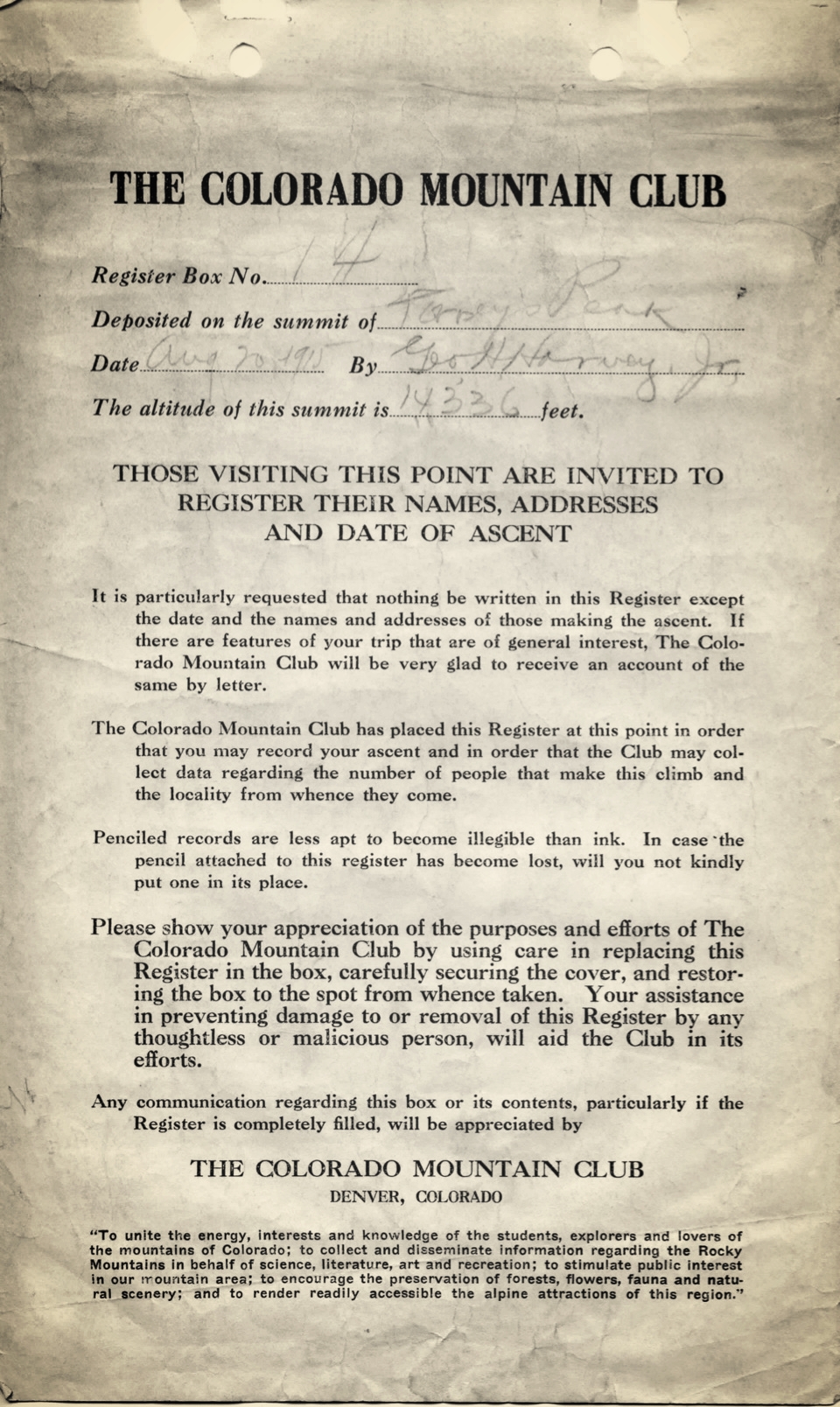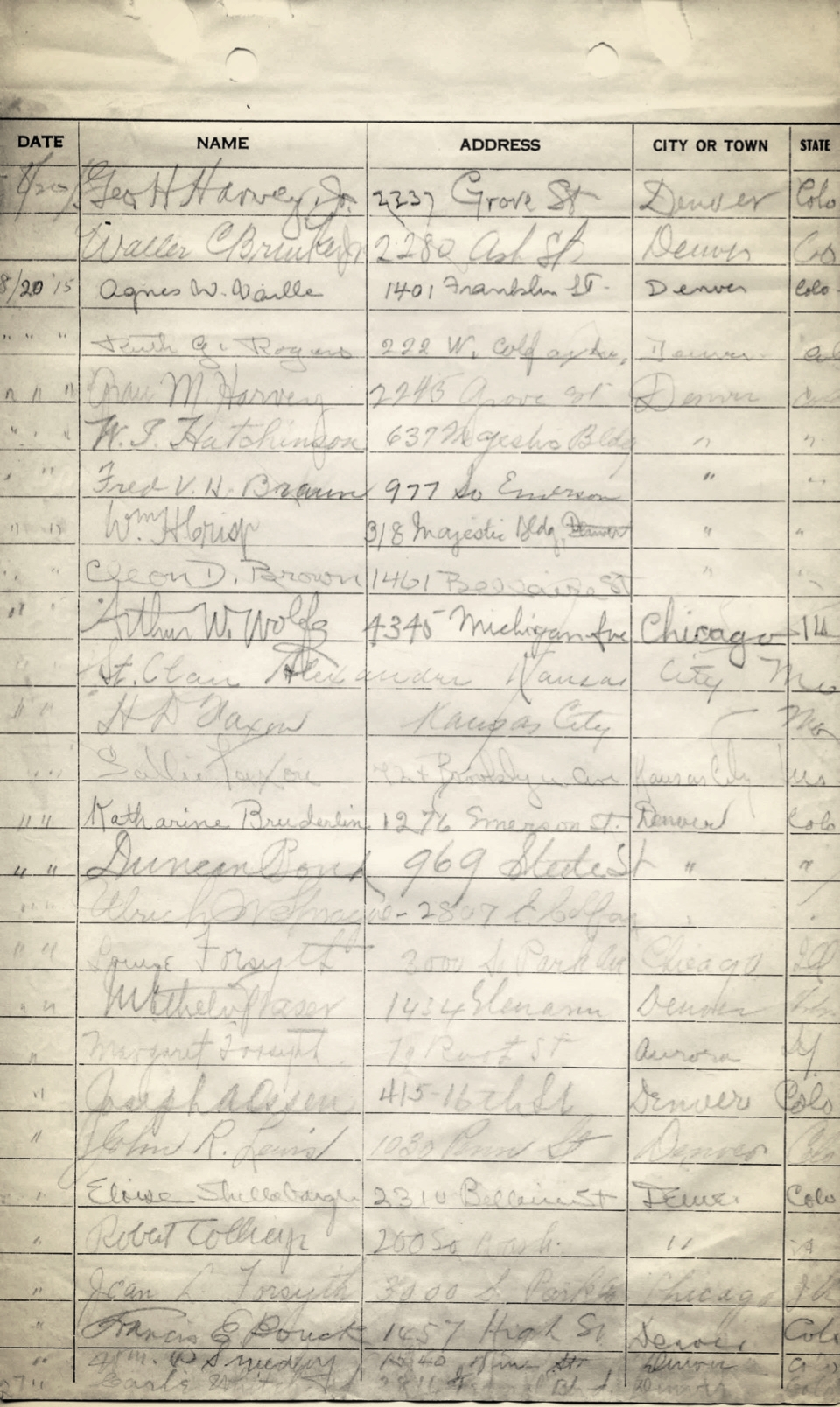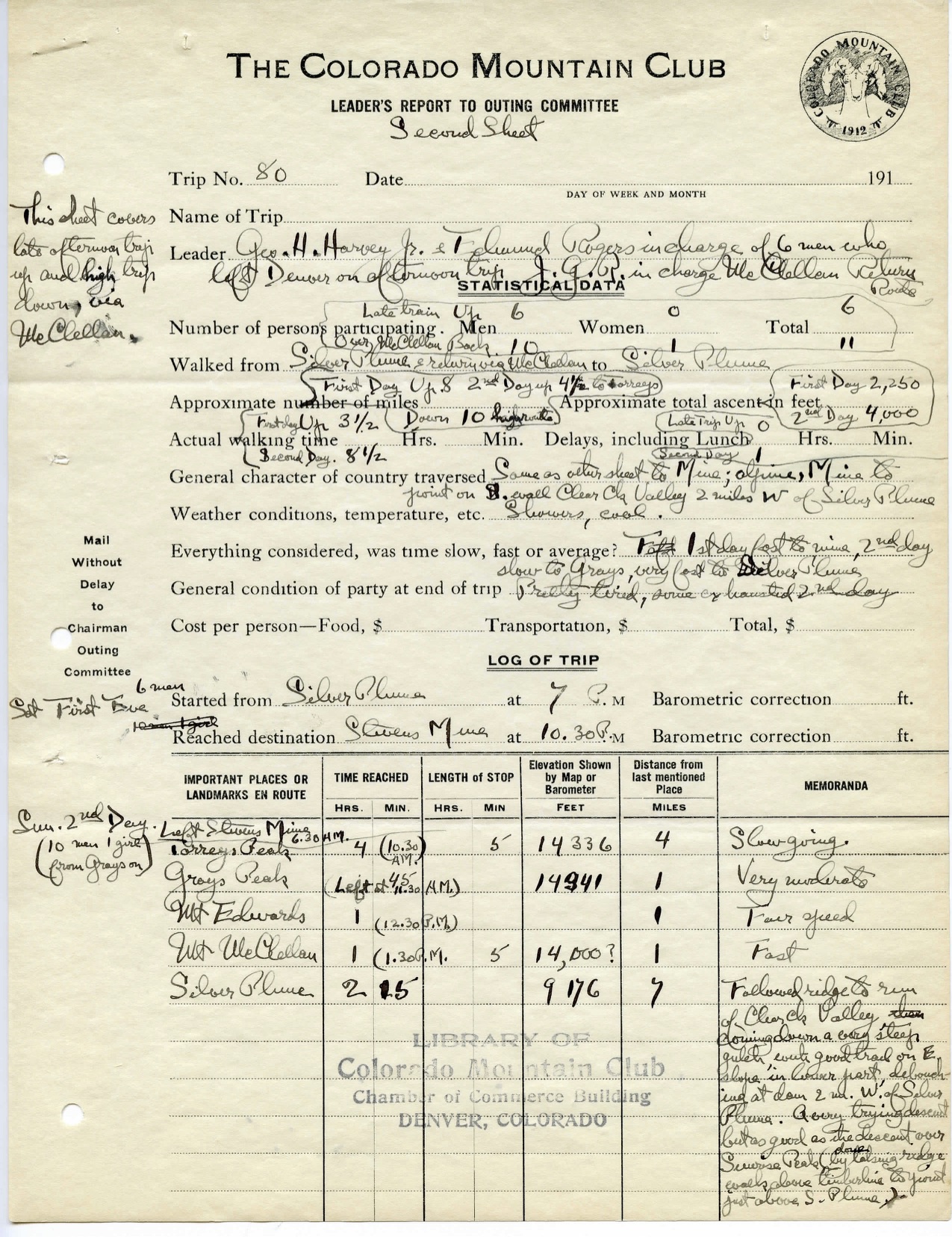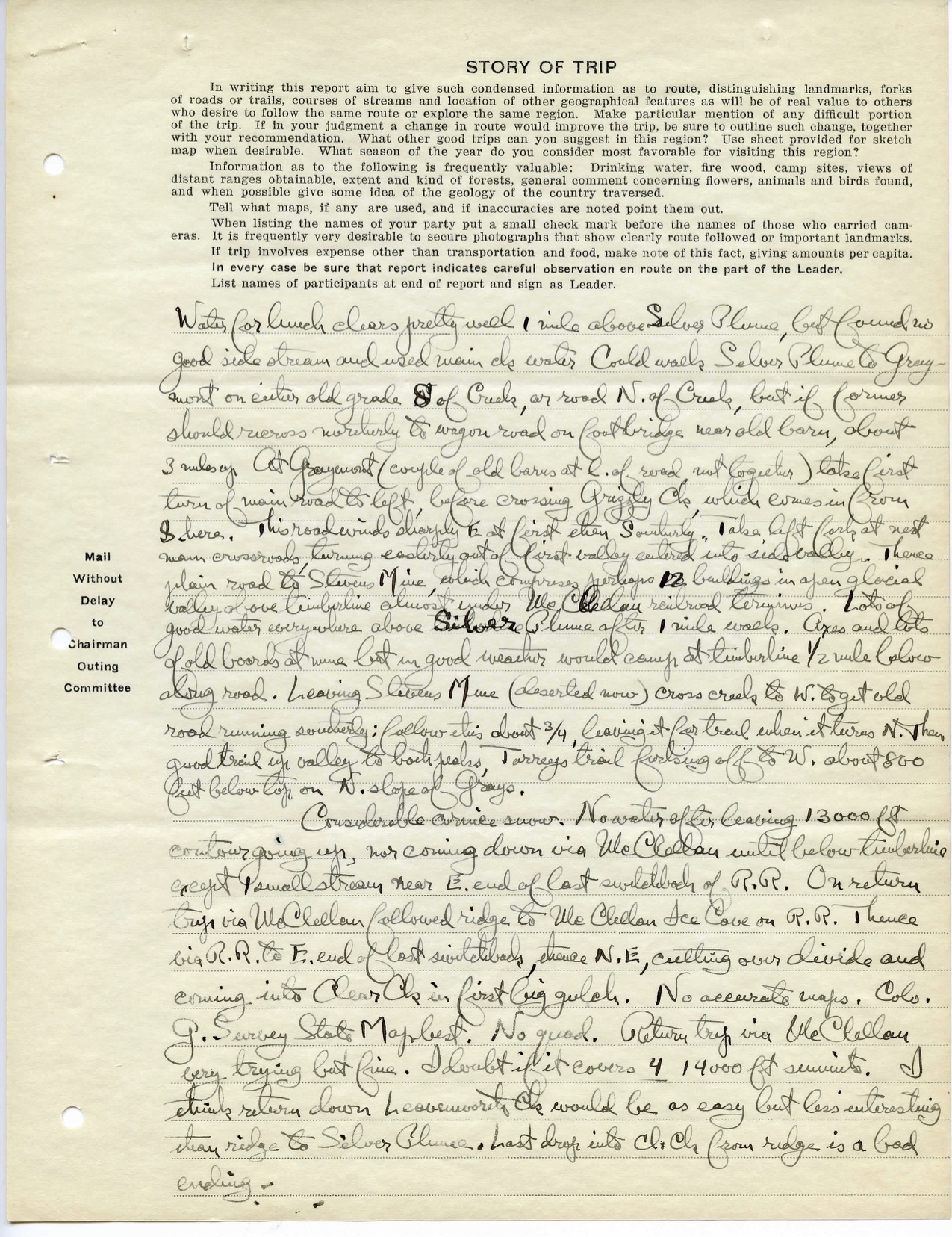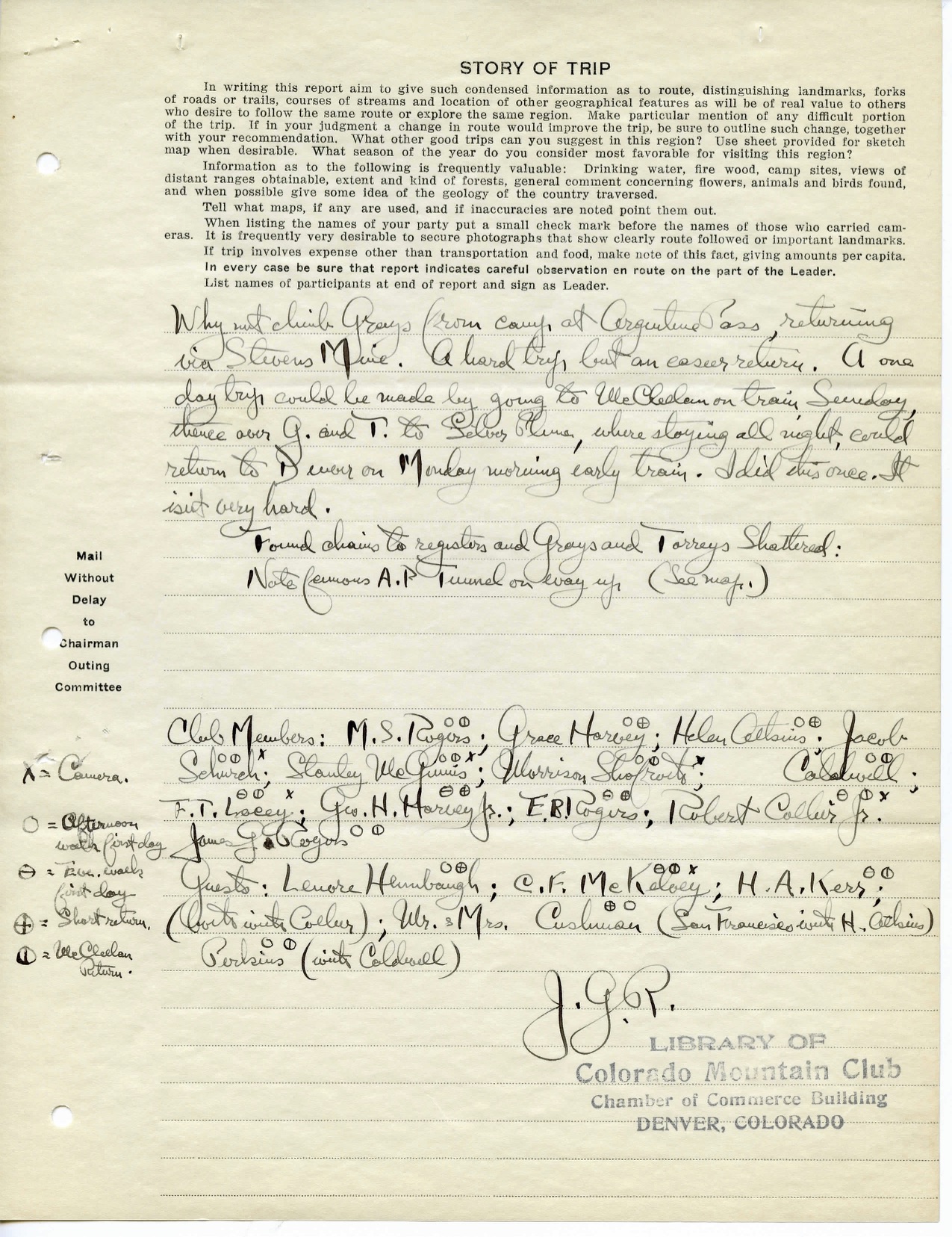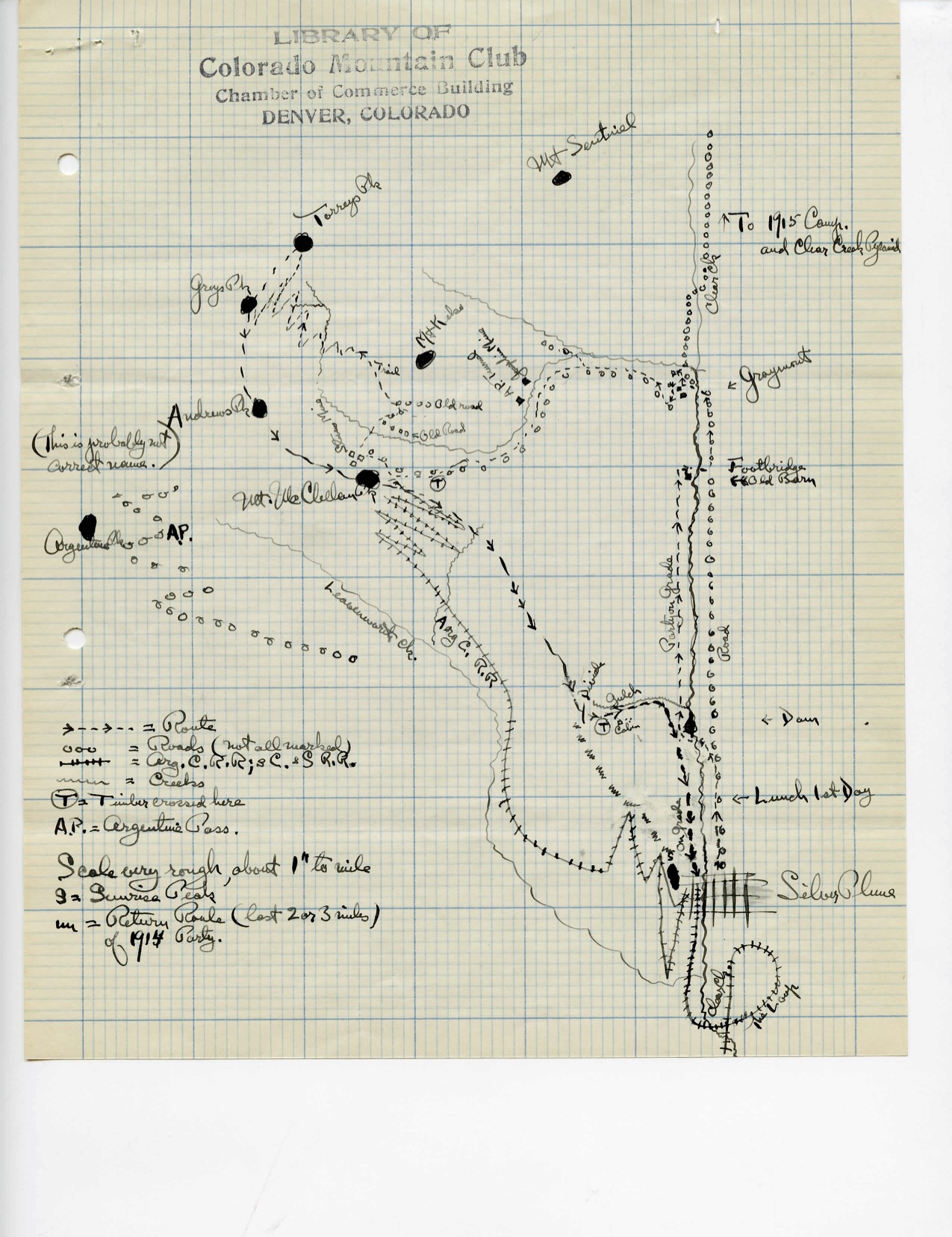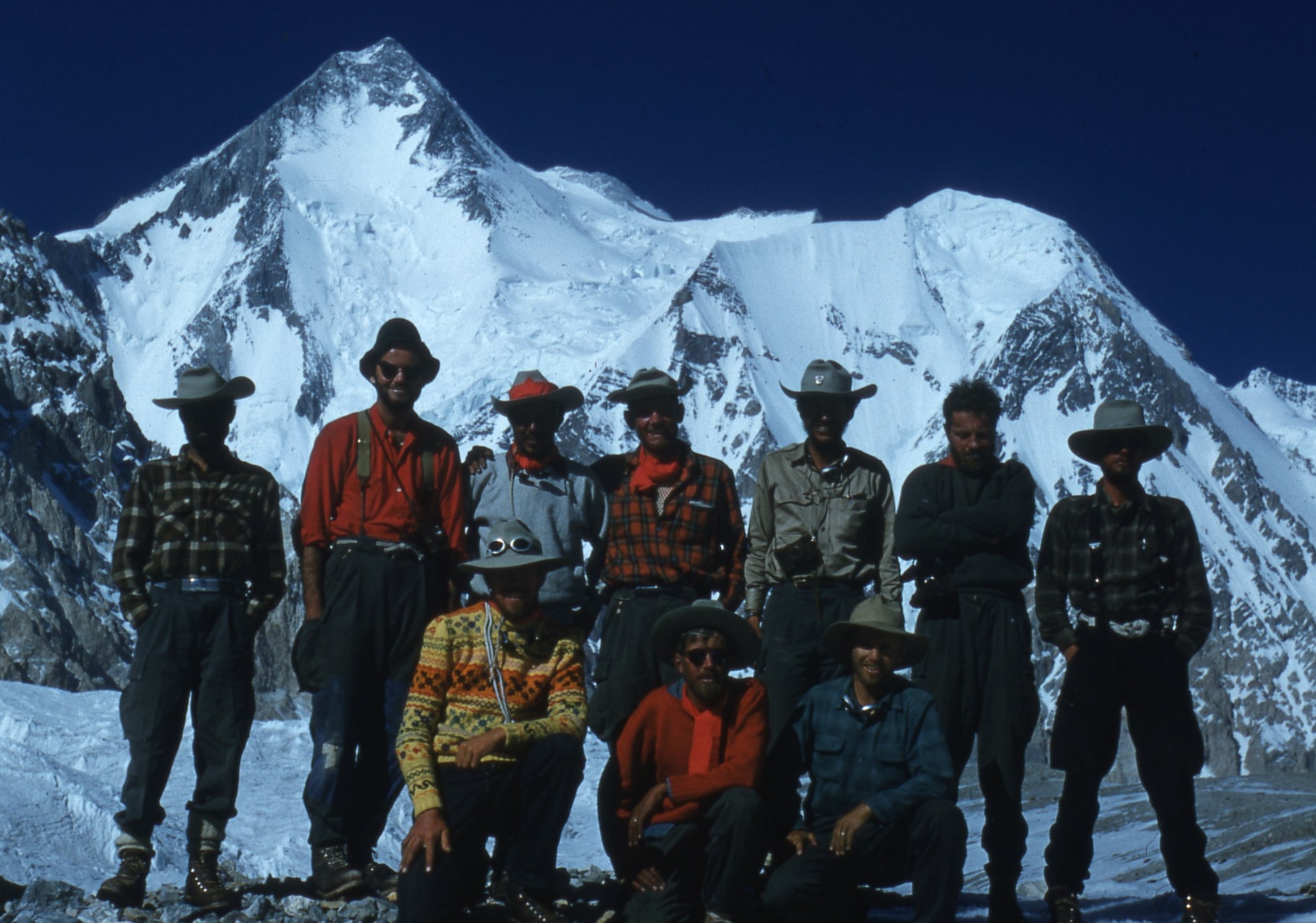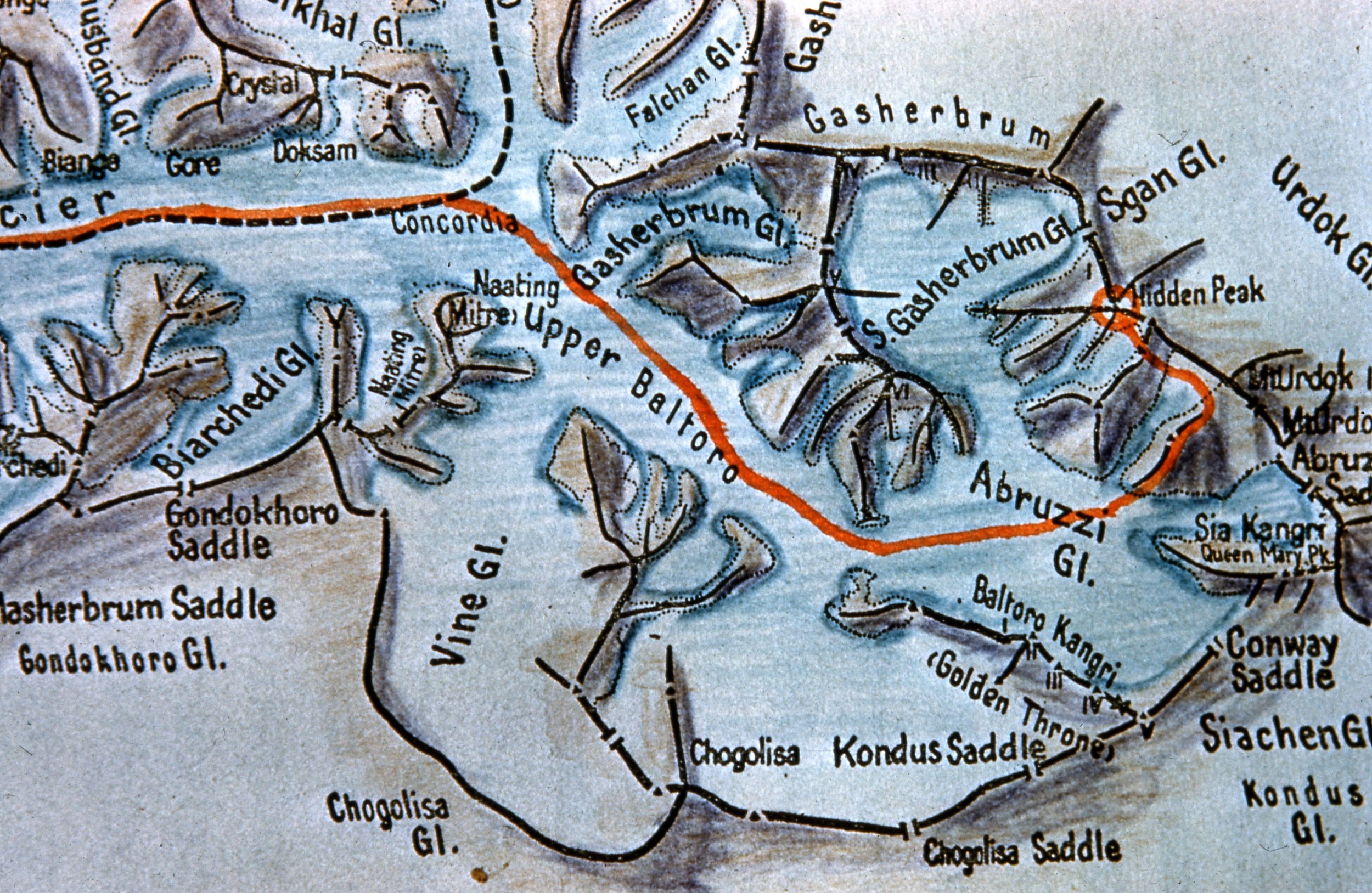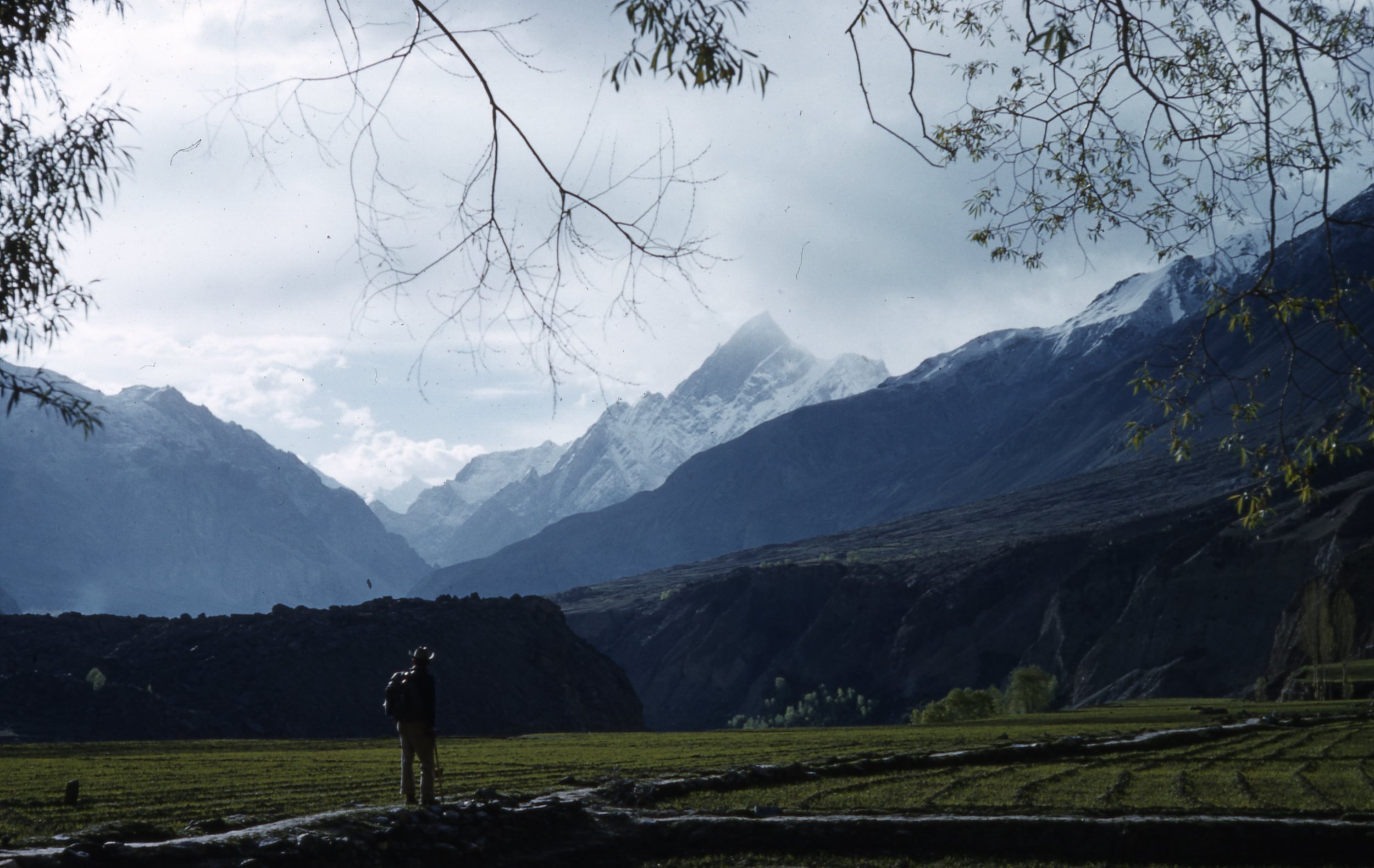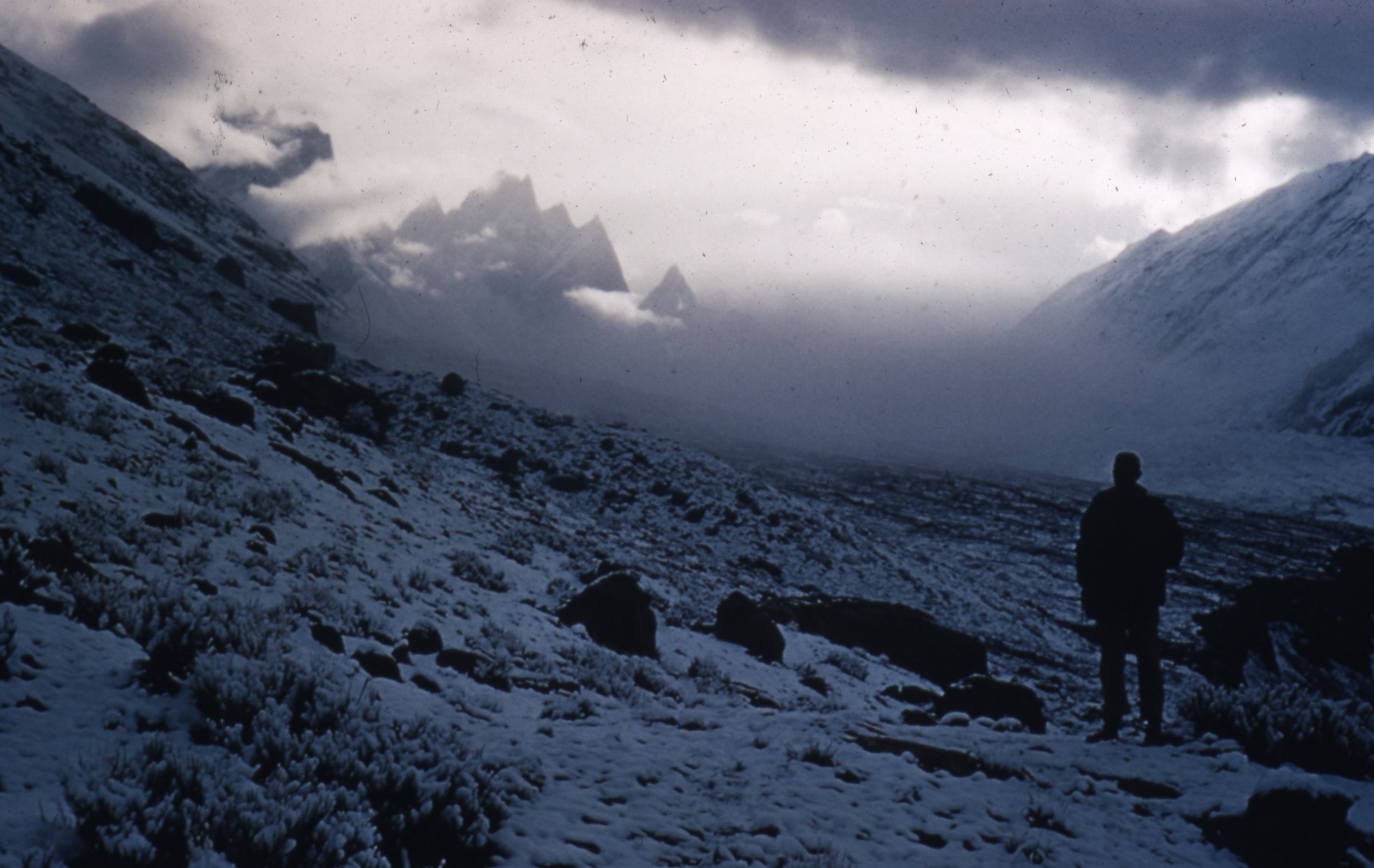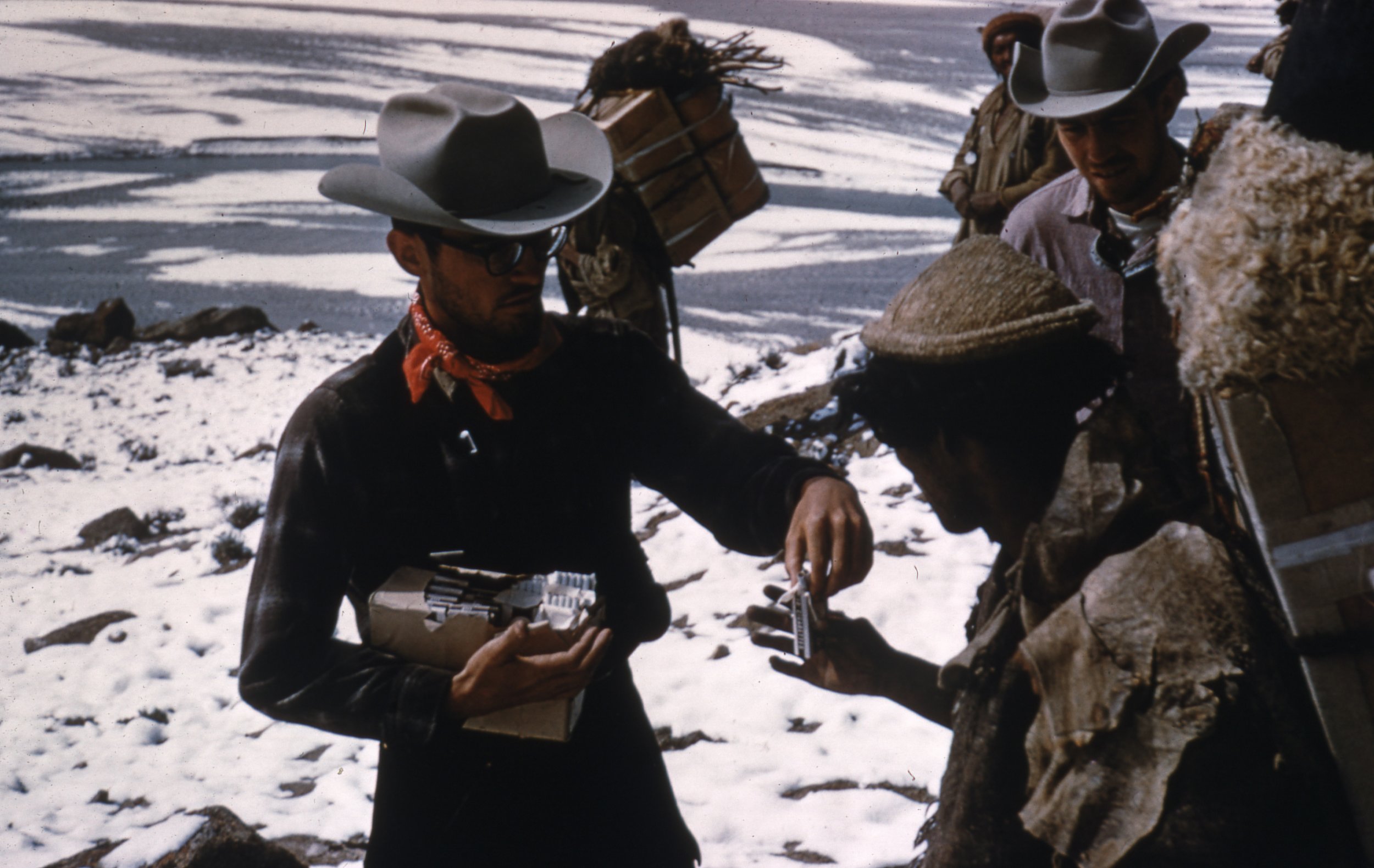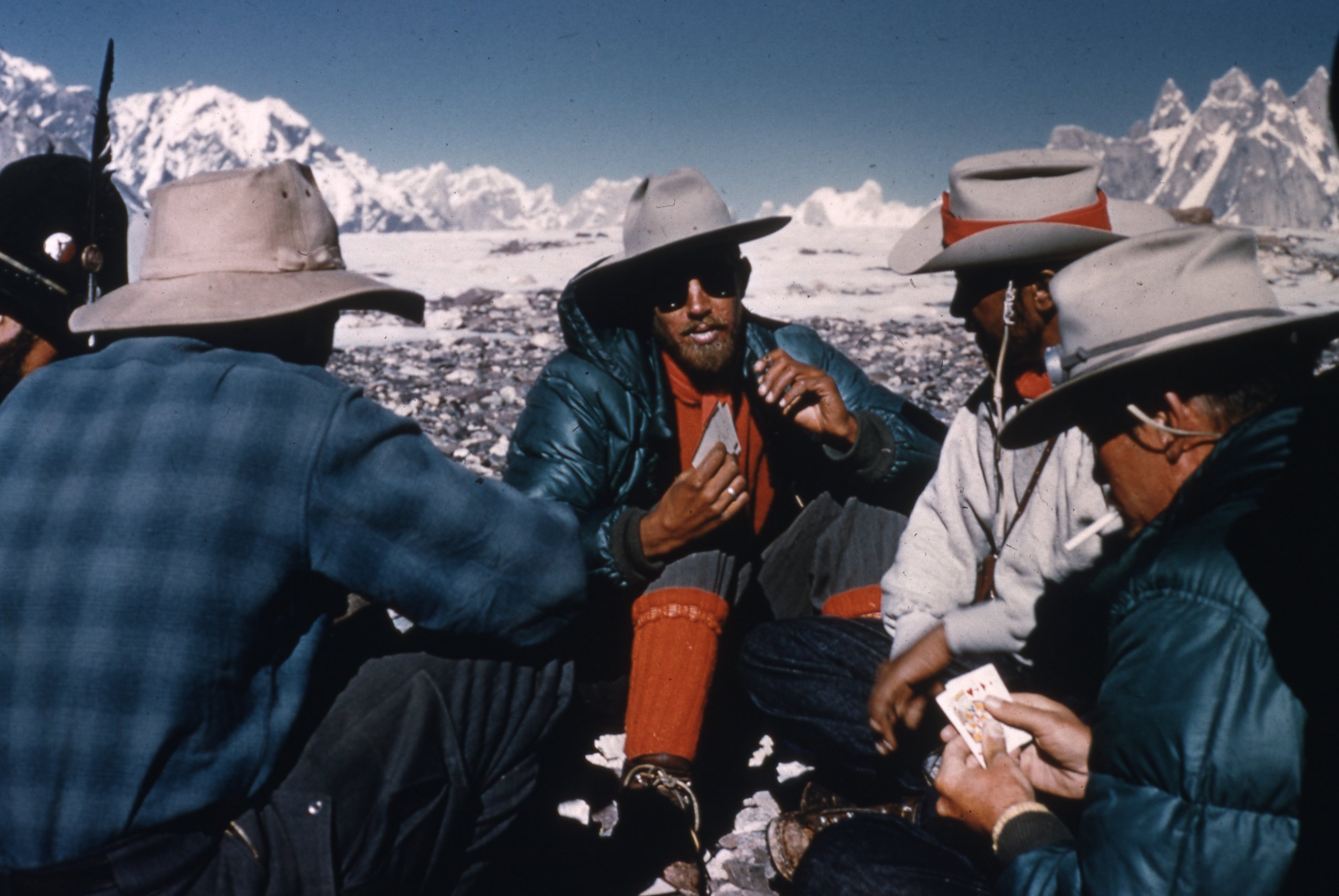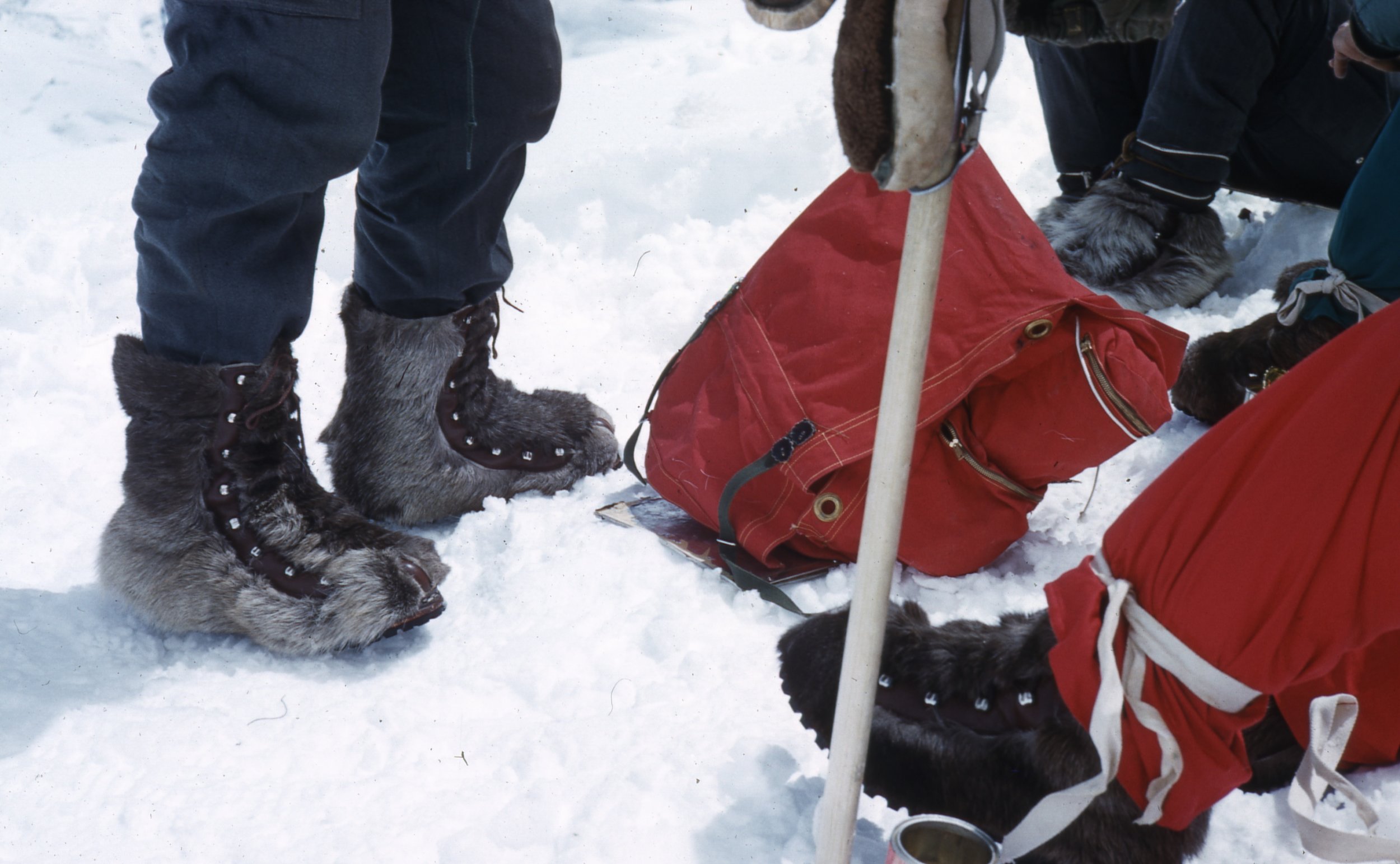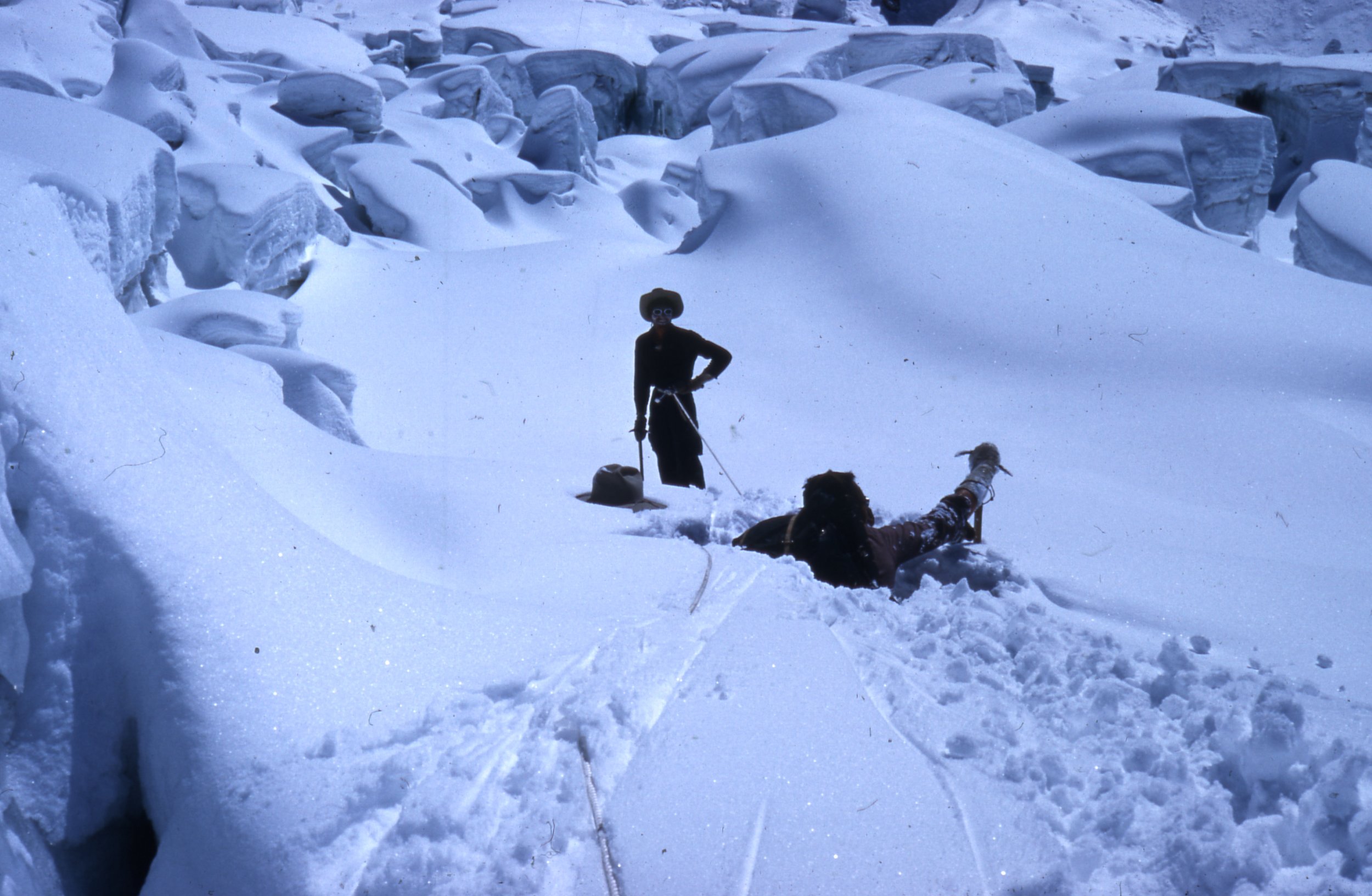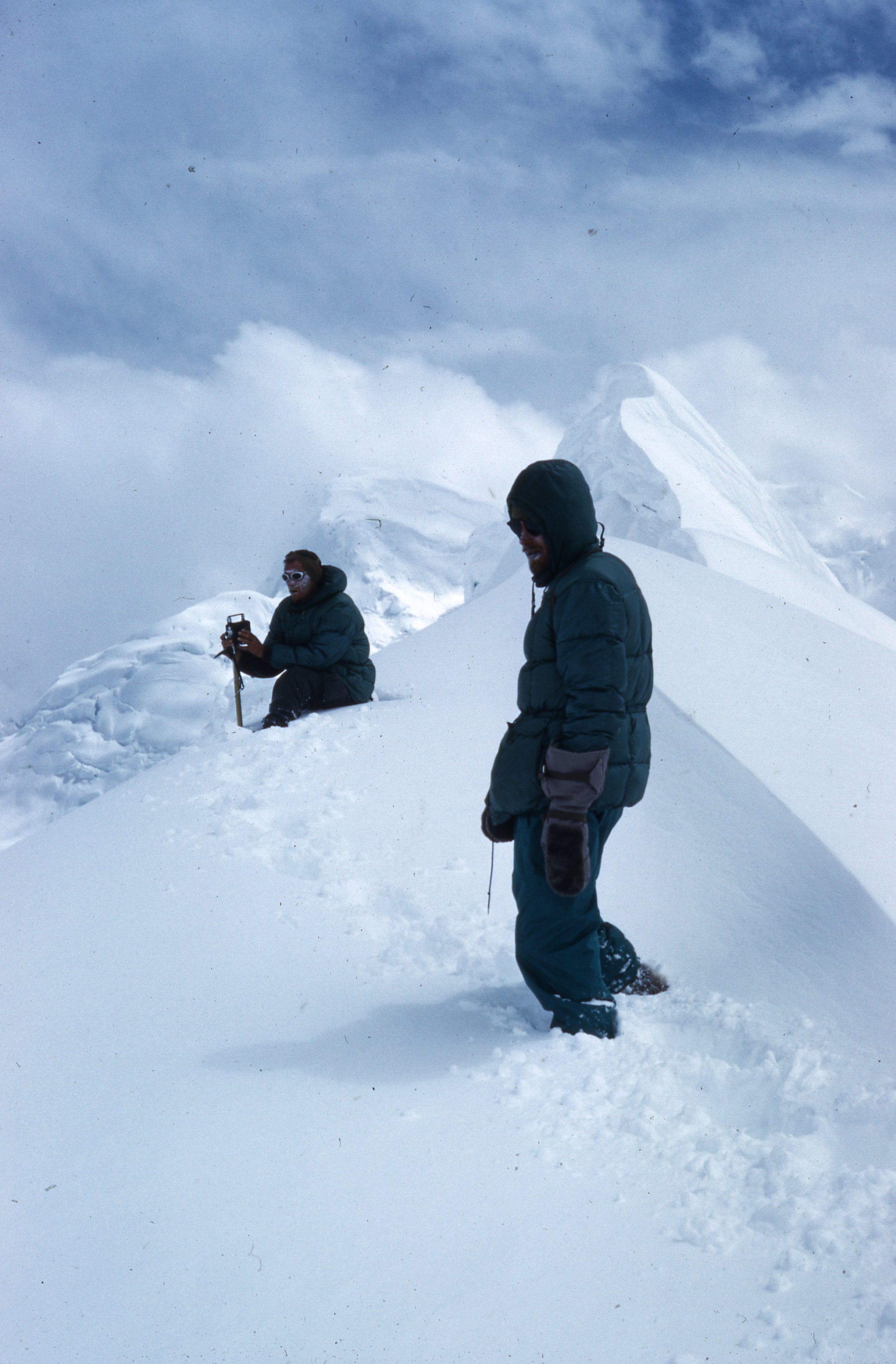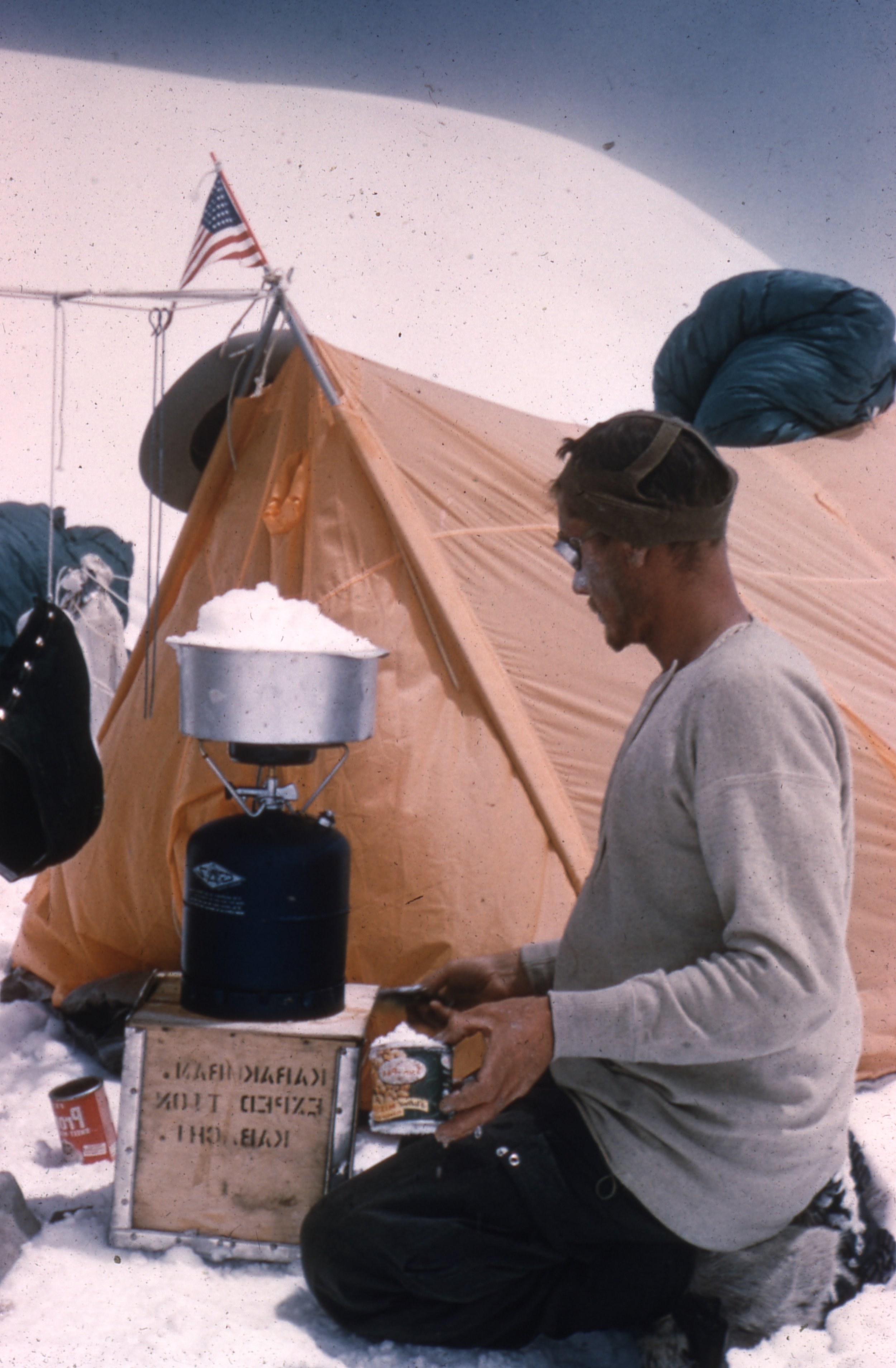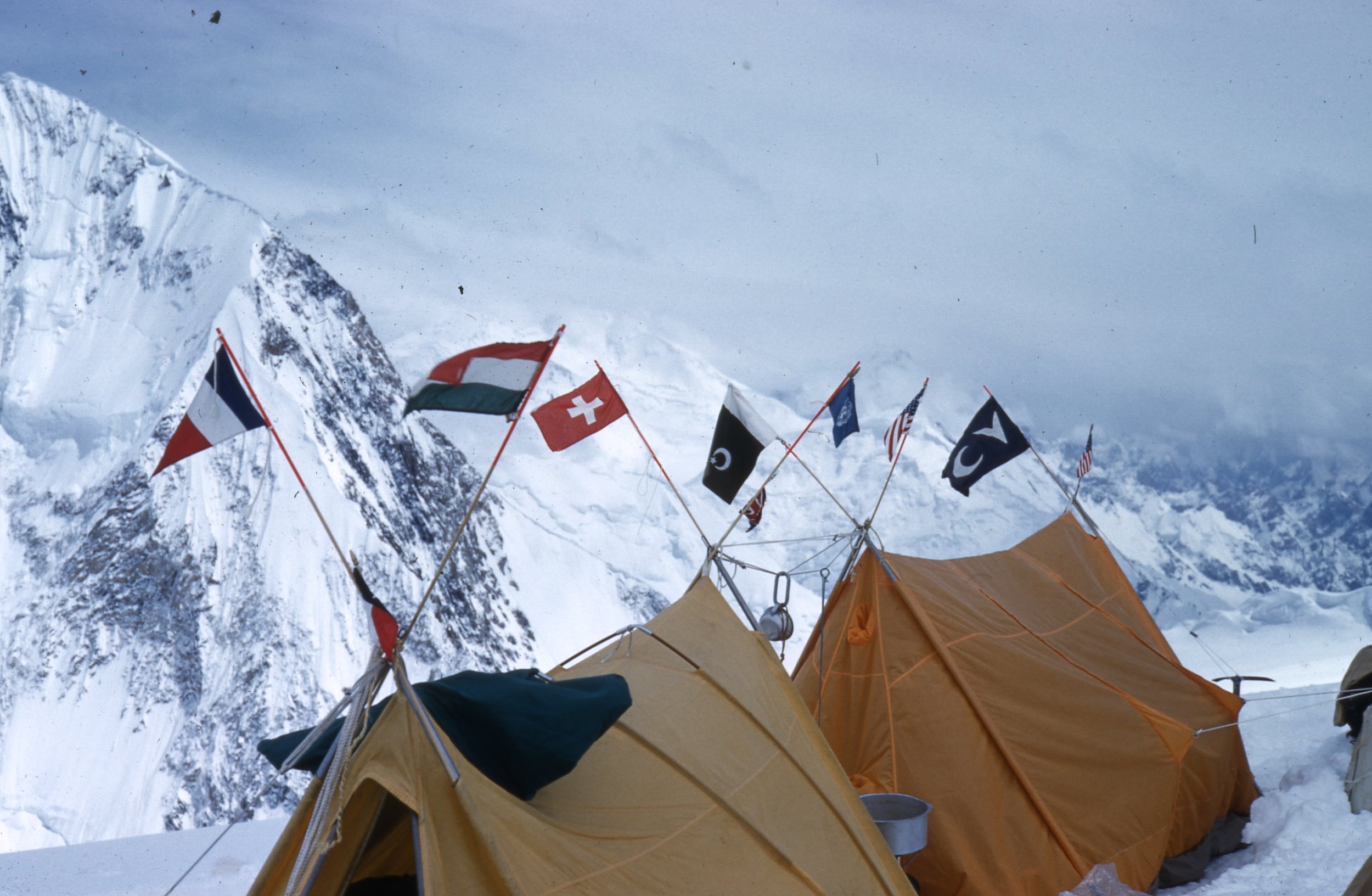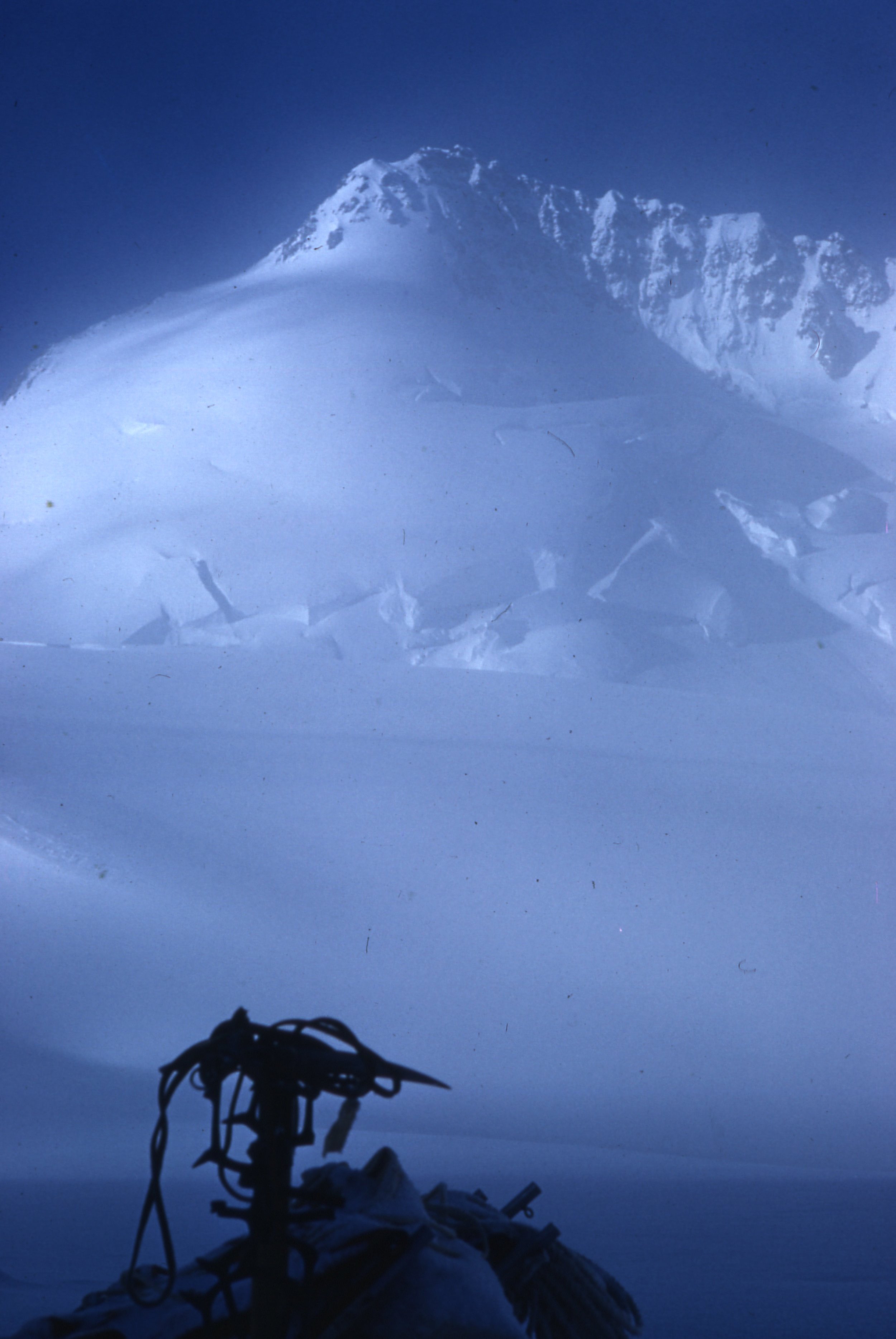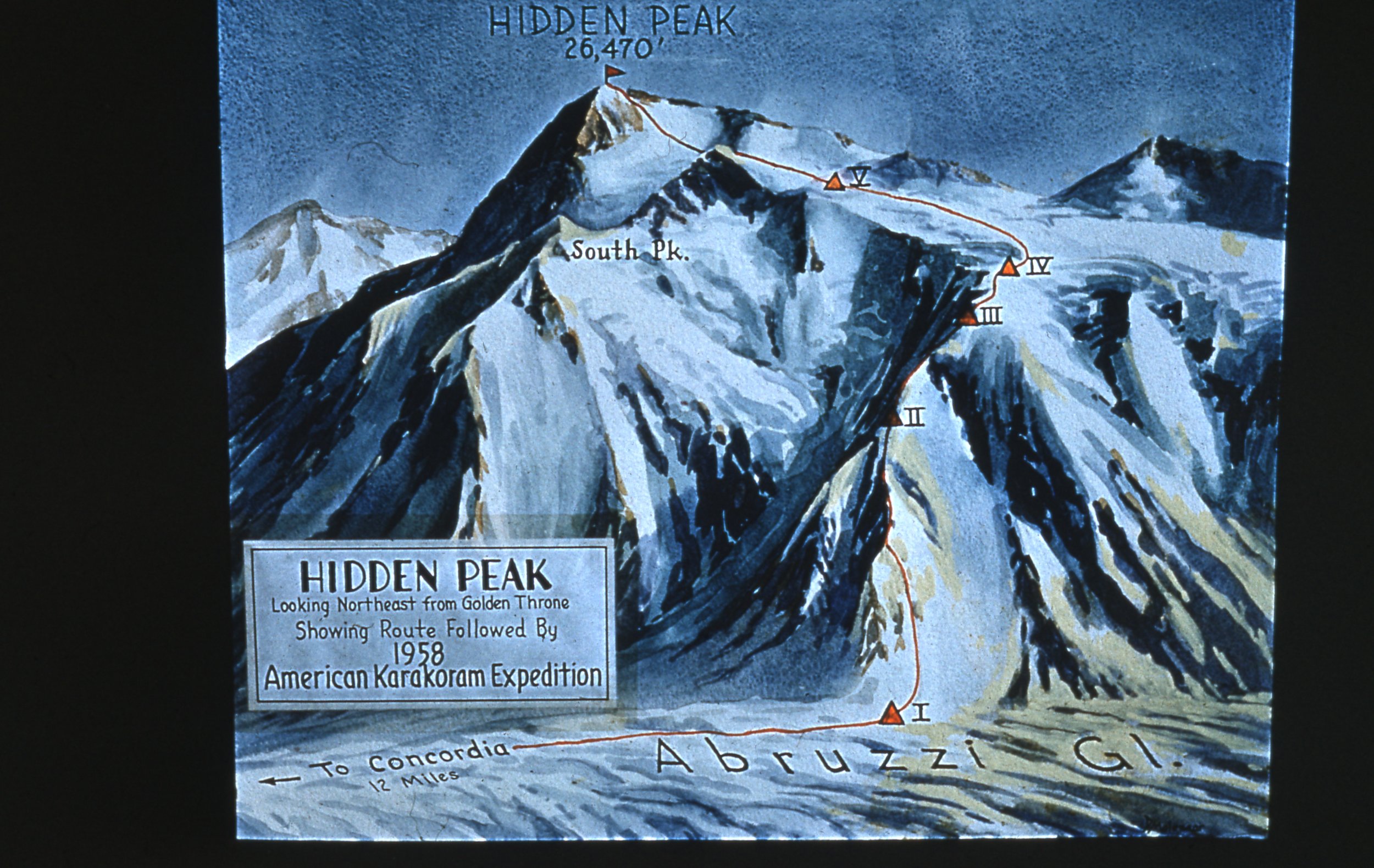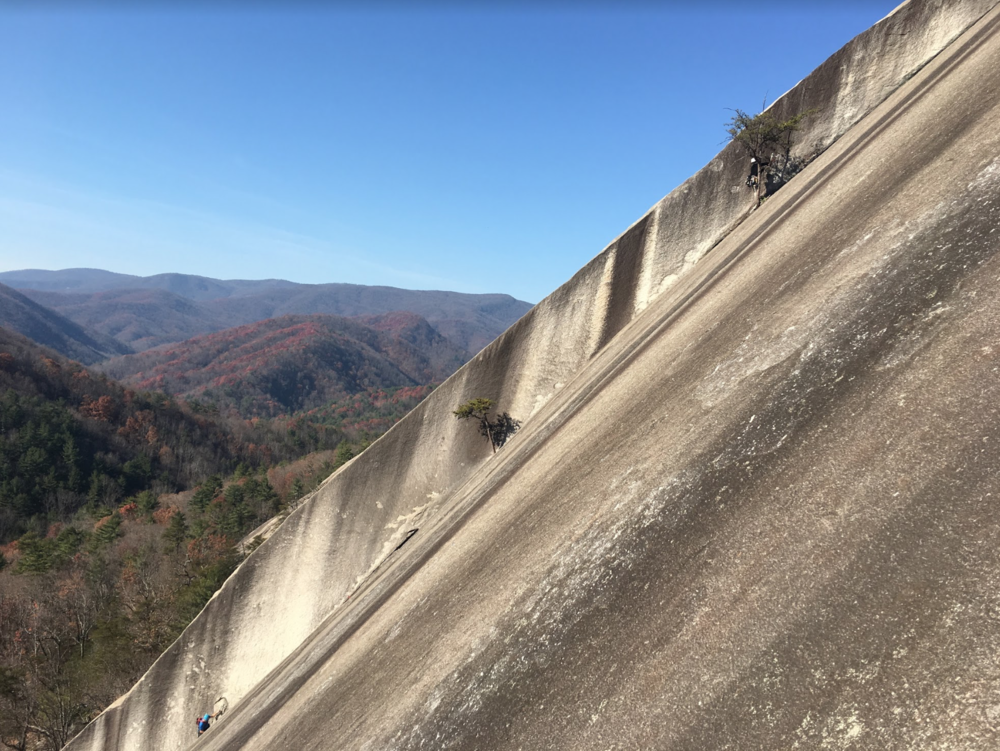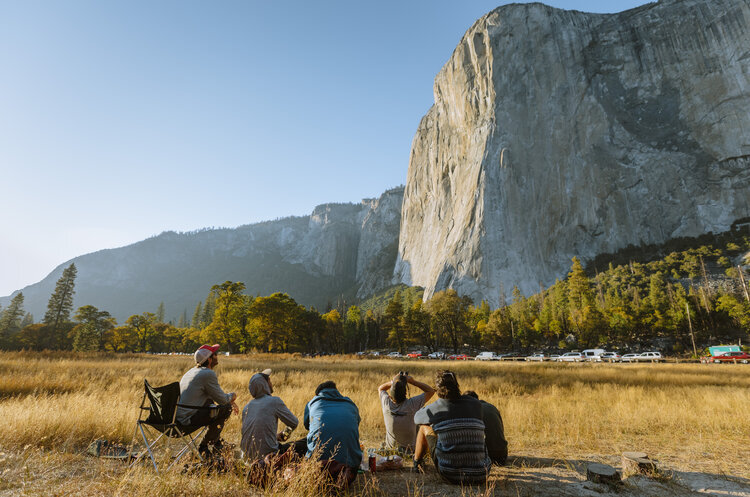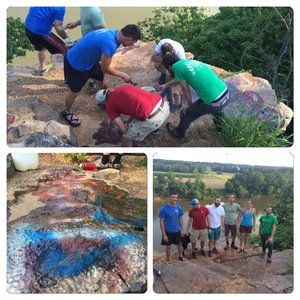Allied Climbers of San Diego, California - $3,348
Mission Trails Regional Park
In recent years the spur trail from the main climber’s loop trail up to the Standard Deviation area has become badly eroded. More and more hikers and climbers are using this area and trails. Funds will be used for trail improvements that will prevent erosion, restore the habitat, allow better access, and prevent injuries due to loose rocks and ground.
Boulder Climbing Community, Colorado - $2,000
Scarface Wall, Indian Creek, UT
This AAC Cornerstone Grant will help fund two weeks of work on the Scarface Wall approach trail by the Front Range Climbing Stewards. The project will be a continuation of work started at the Scarface Wall in the spring of 2018. The trail crew will be assisted by students from Montrose High School and from the High Mountain Institute, and the crew will be supporting the AAC’s Moab Craggin’ Classic event on the weekend of October 27, 2018.
Buffalo Climbing Coalition, NY - $1,940
Niagara Glen
Niagara Glen is popular among hikers and climbers around Lake Erie and Lake Ontario. Because of the popularity, Niagara Glen has accumulated a significant amount of waste and graffiti that can be found on and off named boulders. Funds will be used to purchase equipment needed for clean-up and graffiti removal, in partnership with Niagara Parks Commission and Ontario Access Coalition.
Carolina Climbers Coalition, North and South Carolina - $4,500
Table Rock State Park
In the fall of 2016, Table Rock State Park and much of the Southeast was plagued by wildfires. The destruction caused soil instability which has led to sever erosion in places along the climbers’ approach trail. Funds will be used to restore and fortify parts of the climbers’ trail to Table Rock.
Washington’s National Park Fund, WA - $4,000
North Cascades National Park/Student Conservation Association
A Cornerstone grant will support a Student Conservation Association (SCA) intern to perform wilderness climbing patrols in North Cascades National Park. The intern will assist visitors with trip planning, safety information, route information and a wide range of stewardship topics. The patrols will help visitors be better stewards of park resources and increase visitor enjoyment of those resources.
AAC Cornerstone Conservation Grant Selection Committee:
· Rebecca Schild, Committee Chair
· Aram Attarian
· Audrey Borisov
· Ben Doyle
· Eddie Espinosa
· Elisabeth Bowers
· Jay Parks
· Joe Sambataro
· Matt Hepp








